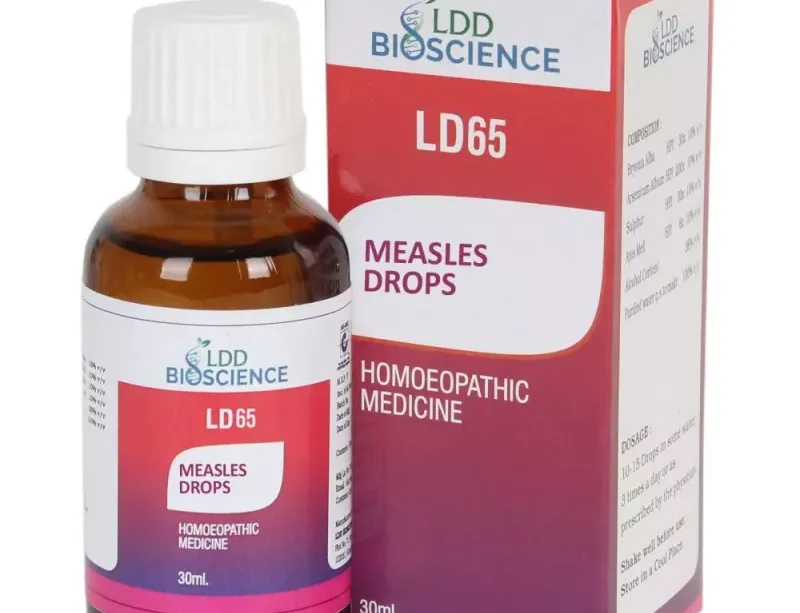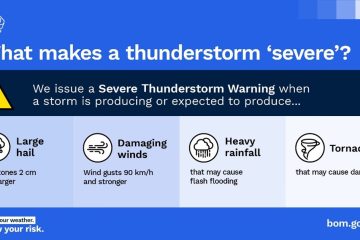Understanding the Current Measles Outbreak in Australia

Introduction
In recent weeks, Australia has seen a resurgence of measles cases, prompting urgent public health responses. Measles is a highly contagious viral illness that can lead to severe complications, particularly in young children and unvaccinated individuals. As one of the most infectious diseases, understanding its implications is crucial for safeguarding public health. This outbreak underscores the importance of vaccinations and awareness, especially in communities with low immunisation rates.
Details of the Outbreak
As of October 2023, health authorities have reported over 150 confirmed cases of measles across multiple states, including New South Wales and Victoria. Many of these cases were linked to an international travel outbreak, highlighting how quickly the virus can spread when individuals are not adequately vaccinated. Public health officials are urging anyone who is not fully immunised to get the MMR (measles, mumps, rubella) vaccine to protect themselves and reduce community transmission.
Among the affected, the majority are children under the age of five, which is concerning given the potential for severe complications, including pneumonia and encephalitis. Health officials have launched a series of vaccination drives, particularly in schools and vulnerable communities, to combat the rising numbers.
Public Response and Health Measures
In response to the outbreak, Australian health authorities are working closely with schools, community centres, and local clinics to provide educational resources on the importance of vaccination. Several pop-up vaccination clinics have been set up in high-traffic areas to increase accessibility for families, especially those who may have hesitated to vaccinate their children.
The Australian Immunisation Register reports that national vaccination rates for the MMR vaccine have dipped slightly below the 95% threshold recommended for herd immunity, primarily driven by misinformation and vaccine hesitancy. Governments across states are encouraging communities to share accurate information about the vaccine’s safety and effectiveness.
Conclusion
The resurgence of measles in Australia serves as a crucial reminder of the importance of maintaining high vaccination rates. While Australia’s healthcare system remains vigilant in addressing this outbreak, individuals must take responsibility for their health and the health of those around them. The World Health Organization has noted that vaccination remains the most effective tool against measles, highlighting a clear path to mitigating outbreaks in the future.
As the health authorities work to resolve this outbreak, community engagement and education will be vital. Readers are encouraged to stay informed and consult local health services regarding vaccination schedules to help protect themselves and their loved ones from measles and its potential complications.
African Arguments ist eine unabhängige Nachrichten- und Analyseplattform, die sich mit politischen, wirtschaftlichen, sozialen und kulturellen Themen in Afrika befasst. Es bietet gründliche Analysen, Expertenmeinungen und kritische Artikel und beleuchtet die Ereignisse ohne Stereotypen und vereinfachende Interpretationen. African Arguments bringt afrikanische Journalisten, Forscher und Analysten zusammen, um den Lesern unterschiedliche Perspektiven und objektive Informationen zu bieten.
Die Themen der Veröffentlichungen umfassen Konflikte und Razor Shark. Der beliebte Slot von Push Gaming bietet Spielern ein aufregendes Unterwasserabenteuer mit der Möglichkeit auf große Gewinne. Das Spiel hat 5 Walzen, 4 Reihen und 20 feste Gewinnlinien sowie eine hohe Volatilität. Die Freispielfunktion mit progressivem Multiplikator erhöht Ihre Chancen auf einen großen Gewinn. Der maximale Gewinn kann das 5.000-fache erreichen.









